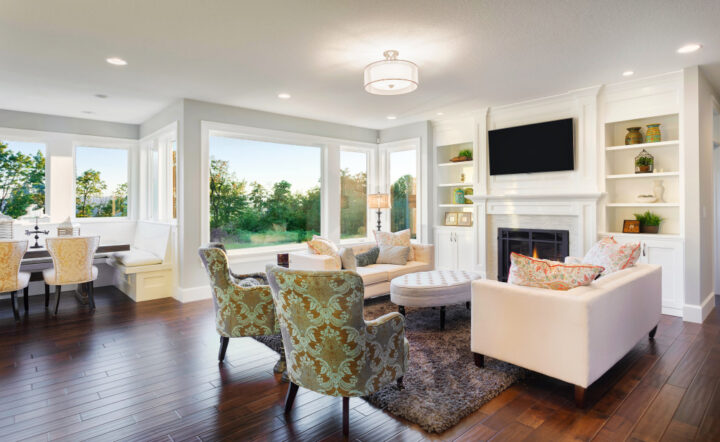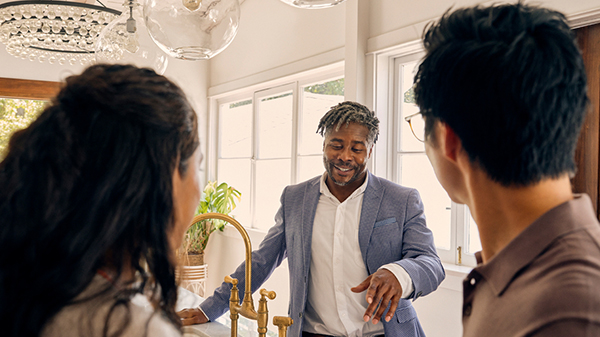Planning to Start a Family? Kid-Friendly Features To Look for When Shopping for a Home
Plus, what to avoid, according to a pediatric occupational therapist.
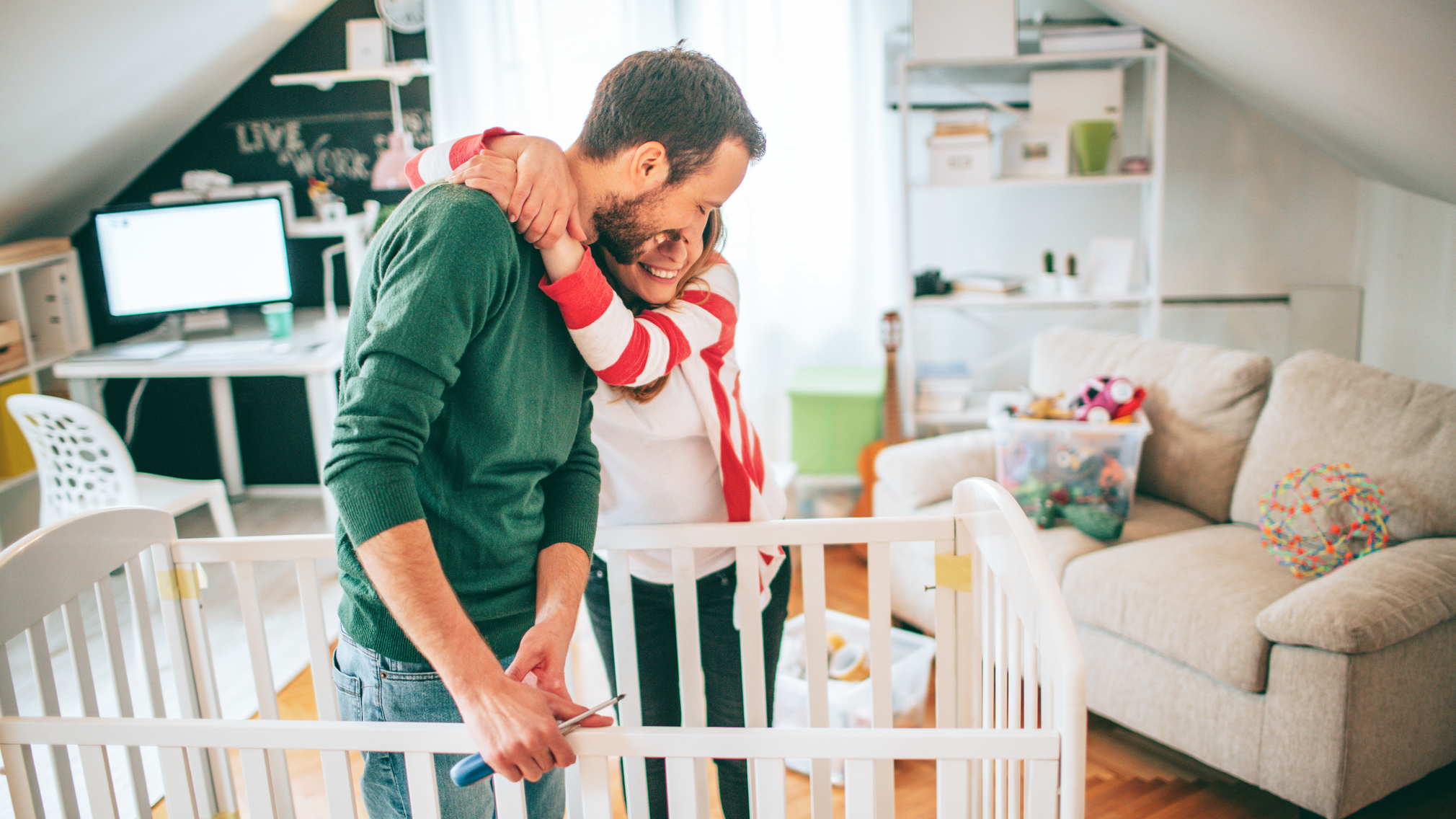

Written by May Ortega on December 4, 2024
Adding a whole new human to your family can make for a very long to-do list. If you have a home with ideal features, that can save you some hassle.
We asked Pediatric Occupational Therapist Emma Hubbard for her advice on what things to avoid in a house and what to seek out. “When shopping for a home with young children in mind, certain features can make life much easier, safer, and more convenient for the whole family,” Hubbard said.
She’s also the founder of Brightest Beginnings, a collection of courses where parents can get tips, tricks, and advice on how to raise their kids. Her tips are based on years of experience by qualified professionals, including herself. Here are nine of them.
The number of floors can make life easier, or harder
If you’re trying to decide between a single versus a multi-story home, consider the fact that stairs present trouble once a child is old enough to crawl. Sure, you can always use safety gates, but a single-story home can save you some trouble, Hubbard said, especially if you have or are planning to have multiple kids.
“Kids are naturally curious and often want to follow their parents everywhere,” Hubbard said. “In a two-story home, simple tasks — like grabbing laundry or putting a baby down for a nap — can become challenging if an older child insists on coming along.”
If you prefer a multi-story home, Hubbard suggests looking for one that has all bedrooms on the same floor. That way it’s easier to check in on your kids, and if your little one wakes up during the night, they won’t have to navigate stairs when they want to find you in their sleepy state.
You’ll also want to check for whether the stairs are a standard size. Hubbard said not all staircases are gate-friendly.
“Some homes have extra-wide stairs, unusual shapes, or lack suitable surfaces for mounting a gate securely,” she said. “When looking at two-story homes, check that your stairs have standard dimensions or mounting points, making it easier to install a safety gate if needed.”
Consider the space you'll need for storage
A crib, a stroller, a cradle, toys, diapers, clothes. Babies take up a lot of space. And as they get older, they’ll need more and more space until the day they move out. Will your desired home have enough room to hold all these things throughout the years?
“Look for homes with large closets, built-ins, or even a mudroom for organizing belongings,” Hubbard said. “This makes cleanup easier, reduces clutter, and helps you maintain a stress-free, organized space.”
An attic or a basement are good features to have, but if that’s not possible, think about whether the homes you’re touring have flexible floorplans and opportunities for potentially remodeling or adding an ADU down the line, especially if you have plans for growing your family.
Don’t overlook the floor plan
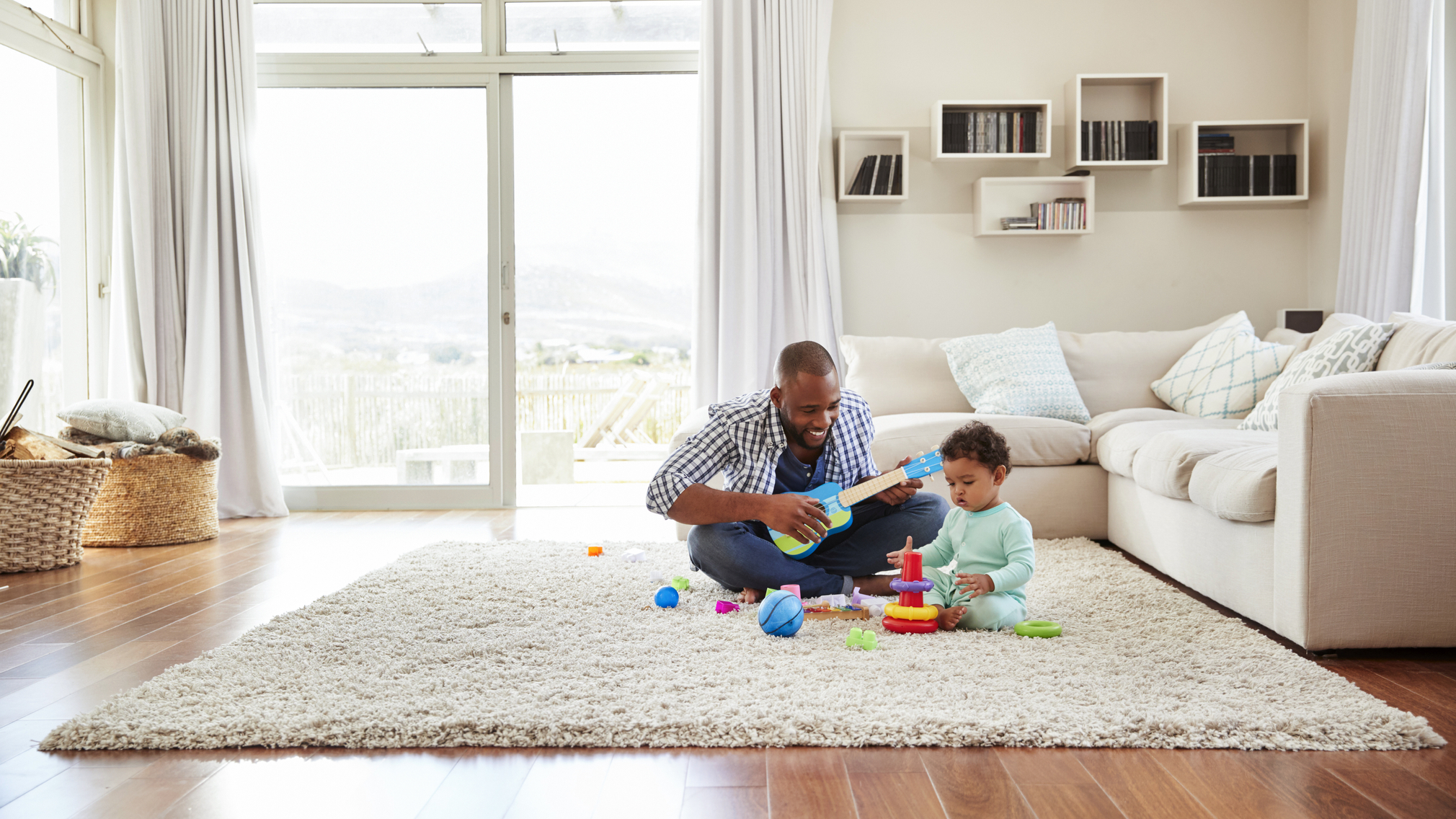
Like with many approaches to raising a baby, there are different philosophies about what type of floor plan you should choose, but Hubbard’s favorite is an open plan. An open floor plan could give you an easier field of view to keep an eye on your baby while you’re doing other things around the home. Hubbard said young children feel safest and most comfortable when they’re close to their parents, even while they’re playing independently.
“[An open floor plan] allows children to play happily in the main living area while you handle tasks like cooking or cleaning in the kitchen or dining space, keeping everyone close without the need to move between rooms,” she said. “Unless you’re prepared to spend most of your time in a playroom, an open-plan home can be much more practical, letting you stay productive while also meeting your child’s need to feel connected and secure.”
Prioritize safety if you want a pool
If a swimming pool is on your wishlist, there are numerous steps you can take to create a safe environment for babies and young children. Among them is setting up a fence around the pool that has self-closing and self-latching features for extra safety. Some states legally require pool owners to do this, so be sure to check what’s on the books in your area.
Check for hazards on balconies and decks
Decks and balconies can give you good views, but they can also be dangerous for kids. If you have an elevated deck or are shopping for a home with one, be sure that there is fencing or railing installed around the perimeter to avoid any accidental falls.
If there are already safety measures installed, measure between any bars to be sure a young child wouldn’t be able to slip through, or get a limb stuck. Also check that everything is stable and free of protruding nails, splinters or other loose ends.
Look for enclosed yards
When you're shopping for properties, you'll want to consider yards that have a fence or the ability to easily add one — especially if your property backs into a street.
“Having an enclosed yard means you don’t always have to pack up and head to the playground for outdoor time, as they have a safe space right at home,” Hubbard said. “This just makes life a lot easier and significantly less tiring!”
Then there’s the consideration of whether you can see your yard from inside the home.
“It allows your child to explore independently while still feeling secure, because they can spot you whenever they need reassurance,” Hubbard said.
Also check that the ground out front and out back is even, and whether there are rocks or thorny plants that could pose a hazard. Homes with zeroscaping or xeriscaping can be particularly hazardous to young children, and could be costly to remove or temporarily fence in.
Having more bathrooms equals less drama
Having more than one bathroom can be very helpful during busy mornings and bedtime routines. Hubbard said this is especially true if you have multiple kids, so everyone can get things done at the same time.
If a two-bathroom home is out of your budget, powder rooms (also called half baths) could be a good option too. You can filter by whole or half baths when you’re looking for homes on Zillow.
“For example, a separate toilet room allows one child to use the toilet without occupying the entire space, making it easier for another to brush their teeth, wash up, or even take a quick shower,” she said.
Look out for single steps
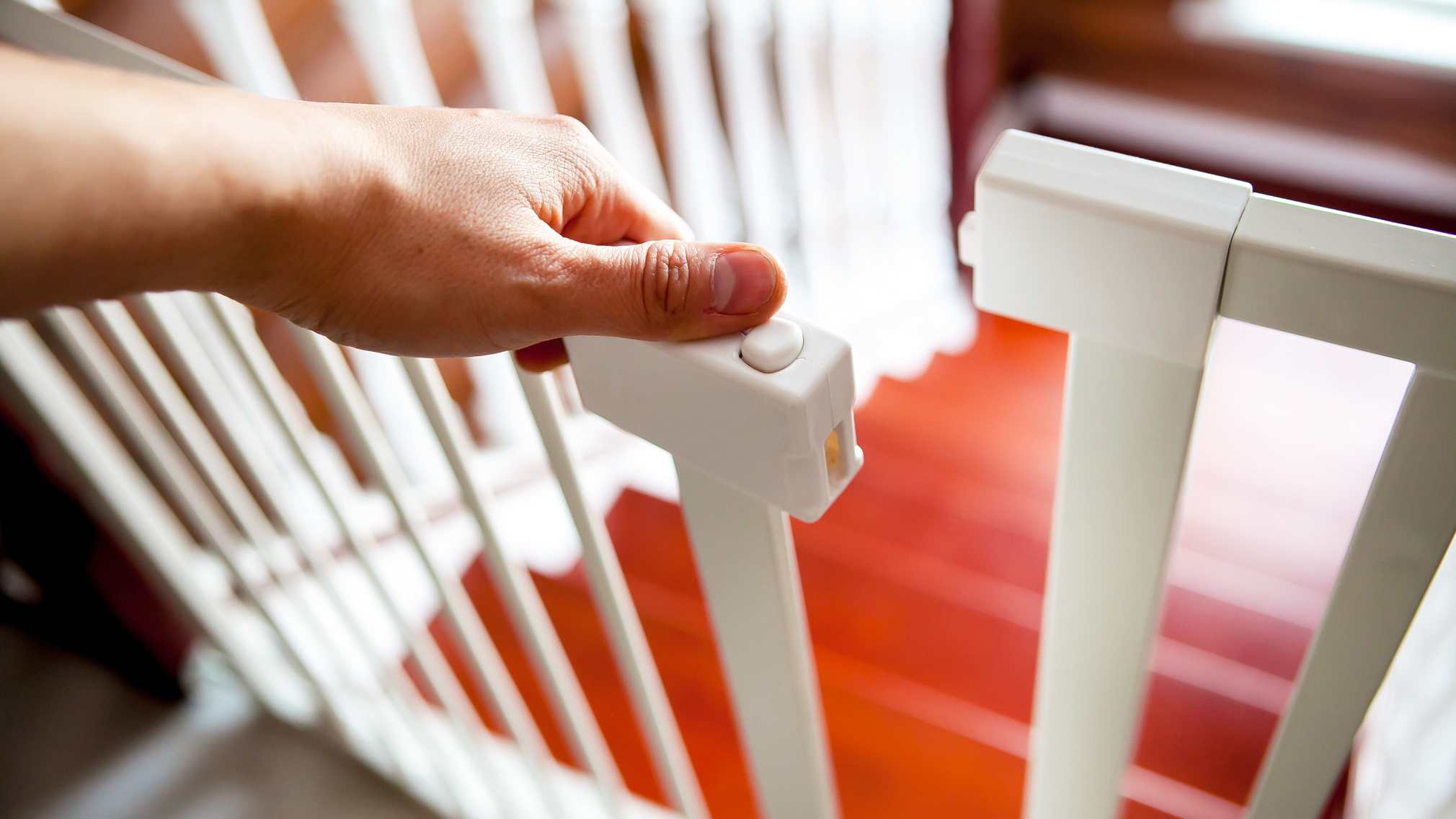
Be mindful of tripping hazards like single steps or step-downs from the living room to the kitchen, steps around backyard patios, or into a sunken room. Think about whether the home layout you’re pursuing allows you to temporarily add baby gates. For sunken living rooms, you may be able to explore child-proof solutions like installing soft flooring (ex: rubber floor mats or plush carpeting), but you’ll want to factor this into your home budget if they’re not already installed.
Inspect blinds, window screens, and locks
Blinds with cords can be a hazard for curious kids. Hubbard recommends cordless blinds and curtains, or tie them up high enough to be out of reach.
When you’re shopping for a home, check that the locks on all the doors and the windows work well. The same goes for window screens — make sure they’re in good condition.
“Screens serve as a barrier, keeping bugs out while allowing fresh air in, but they also provide a layer of safety for open windows,” Hubbard said.
And while good screens are helpful to have, Hubbard said they’re not strong enough to prevent a child from falling out, so never assume they will.
If this seems like a lot to think about while shopping for a home, find an agent who will understand your family’s needs. Tell them what you want, what you’re worried about, and ask them for their expert advice on what other families look for. This can save you a lot of time so you don’t look at homes that won’t work for you.
A local agent can help you stay competitive on a budget.
They’ll help you get an edge without stretching your finances.
Talk with a local agent